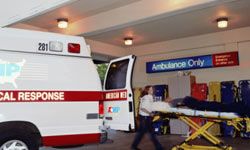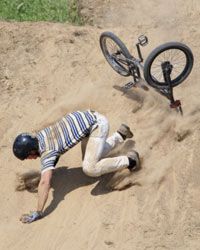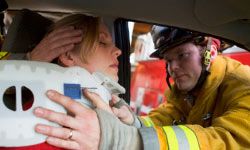When you think about why you might go to the emergency room, maybe broken bones, chest pain or symptoms of a stroke come to mind. Nearly 130 million people visited a U.S. emergency room in 2009, and stomach and abdominal pain, fevers and chest pain were cited as the top three most common reasons for those ER visits [source: Brown]. The Centers for Disease Control and Prevention reports that just about 42.5 million of those ER visits were for injury treatment, including patients with fractures, sprains and strains, head injuries, contusions (bruising that hasn't broken the skin), and superficial injuries, burns and poisoning among other complaints.
Many of those typical injuries are caused by accidents, and sometimes those accidents involve common objects in our lives. We've put together a list of 10 objects that are frequently implicated in those injuries -- let's begin in the bathroom.
Advertisement







